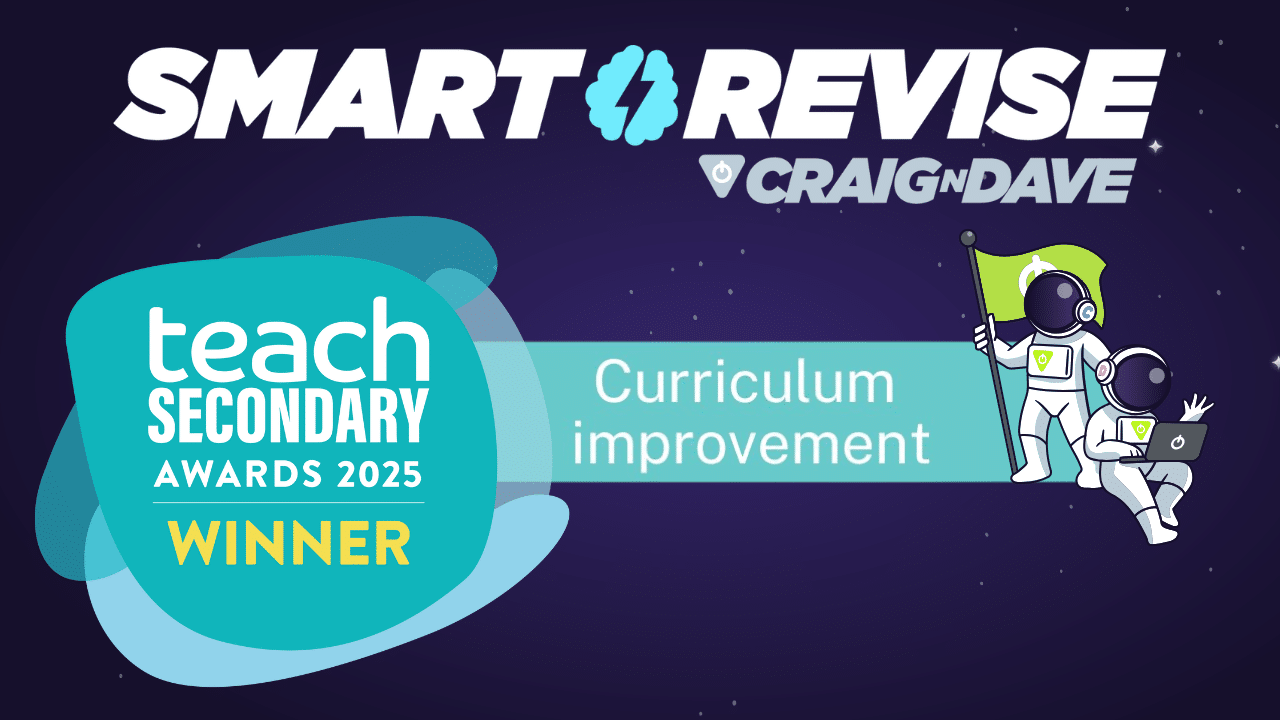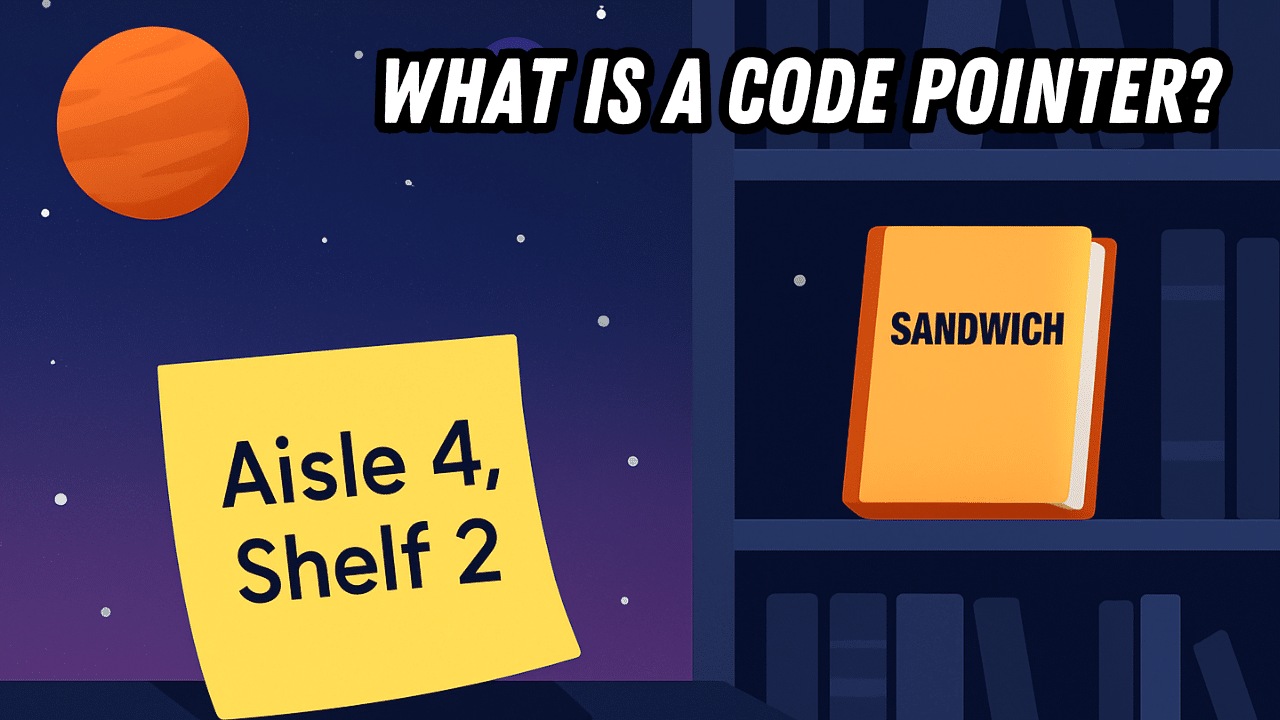
3 October 2025
Rachel Reeves’ recent pledge to ensure every primary school in England has a library by the end of this parliament is a landmark moment for literacy and equity. With 1,700 primaries currently without libraries, this initiative rightly targets a critical gap in early education. But it also raises an important question for those of us working in secondary education: what about secondary schools?
Why not secondary schools too?
While primary schools are getting attention, secondary schools are often assumed to already have functioning libraries, but many of these spaces are underfunded, underused, or outdated. In some cases, they’ve been repurposed entirely. The truth is, secondary school libraries need just as much vision and investment — not just to exist, but to thrive.
A digital vision that didn’t quite land
Dave Hillyard, a school leader with a bold digital strategy, once proposed transforming the school library into a fully digital space — replacing physical books with e-readers and audiobooks. While the idea was innovative, it didn’t materialise and as he concludes himself, that was for the best.
Why? Because libraries are more than just repositories of content. They’re spaces for discovery, reflection, independent learning, but also community. A purely digital library risks losing not only the tactile experience but also a more contemporary, collective learning space replacing the silence with the fizz of collaboration.
So, what is the purpose of a secondary school library in 2025?
In today’s educational landscape, the secondary school library should be:
- A subject-specific resource hub: not just fiction and generic non-fiction, but shelves curated by subject leaders with up-to-date, engaging reads that extend classroom learning.
- A sanctuary: a place for students to study, read, or simply decompress — especially important for those without such spaces at home. Put some snacks in there.
- A digital-literacy centre: offering access to research databases, digital tools, and media literacy resources. “Maker spaces”, tech labs, group work areas, virtual and augmented reality.
- A place to discover artefacts. melding the concept of a museum, attraction and library together. How about a big fish tank to exemplify biological eco-systems?
- A collaborative, flexible learning space: hosting clubs, debates, academics, authors and interdisciplinary projects. Encouraging discussion, teamwork, and peer-to-peer teaching.
- A place to be inspired by pioneers: have displays of famous people from each subject discipline with a real focus on the contribution of women and ethnic minorities to the field.
Who owns the library?
Too often, the library is seen as someone else’s responsibility. But we argue that every Head of Subject should take ownership of their corner of the library. Fill it with:
- Inspiring biographies relevant to your subject.
- Accessible texts for all reading levels.
- The latest books that challenge, provoke, and excite.
- Magazines.
Budgeting for books: make it personal
Why not allocate a portion of each department’s budget to their section of the library? Let students know that these books were chosen for them, by their teachers. Make it special. Make it visible. Make it matter.
Here are some fresh ways teachers can make the most of the library space:
- Subject spotlight weeks: Rotate displays and reading lists based on curriculum themes.
- Curriculum-linked reading challenges: Encourage students to read beyond the textbook and earn recognition.
- Teacher-curated reading walls: Share the books in the library on wall displays in the classroom, bringing the two spaces together.
Final Thought
Rachel Reeves’ commitment to primary school libraries is a powerful statement of values. Let’s echo that in secondary schools — not just by maintaining libraries, but by reimagining them. In 2025, the library should be a living, breathing part of the school’s intellectual and cultural life. Let’s not wait for a government initiative. Let’s lead it ourselves.











